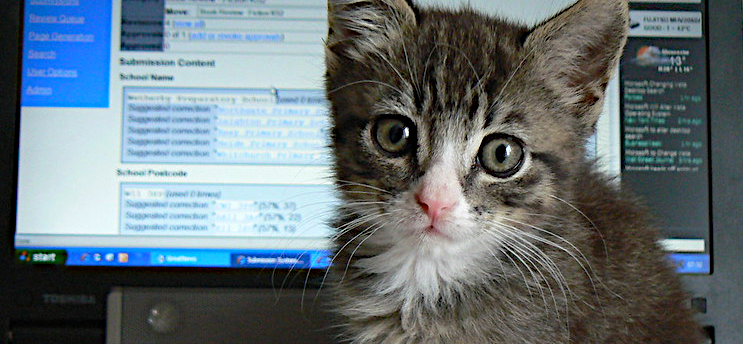
How Plausible is a Massive Permanent Switch to Work from Home?
The COVID-19 crisis has already caused significant changes in the way we live, from face mask regulations to social distancing, to restrictions on capacity. Many predictions have been made by the chattering class about how COVID-19 will change the way we live and work. But how plausible are some of these predictions?
One of the most common forecasts is a permanent move to “work from home” setups. Such a move enforces social distancing on employees, making wholesale disruption from another crisis less likely. From a company’s standpoint, employees working from home could reduce the amount of real estate needed, enabling firms to reduce a whole host of costs associated with owning or leasing real estate. According to the Bureau of Labor Statistics, pre-pandemic some 15% of U.S. employees had regularly scheduled work at home days, with about 25% of U.S. employees working from home at least occasionally.
Those Least Likely
But how plausible is a massive switch to work from home? According to the Bureau of Labor Statistics, as of July 2020, there were approximately 118 million private-sector non-farm payroll jobs. Of these, some 20 million worked in the manufacturing, construction, and mining industries. Trades unlikely to see any meaningful move to “work from home.” Another 26 million jobs were in the Trade, Transportation, and Utilities segment. It wouldn’t appear many of the 5.3 million transportation jobs can be done at home. How many of the 14.8 million retail jobs can be done remotely is up to debate. How many of the 19.5 million health care jobs or the 12.6 million Leisure jobs can be performed from home? Now, some 21 million jobs are in the Professional & Business Services and Finance classifications, and its possible some portion of these jobs could be accomplished from home.
Other Challenges
But apart from the deciphering, whether a job can be performed adequately remotely, there remains a whole host of other questions. Working at your kitchen table temporarily is one thing. To do so on a full-time basis is untenable. Who pays to create office space in existing housing? Who pays to furnish such an office? What about utilities? Office supplies? Will employee collaboration be better or worse under a Zoom environment versus a face-to-face environment? How much flexibility is built into work schedules when an employee has their office in the home and can access it 24/7/365? Does a company need to alter the way productivity and performance are measured?
While a work from home reaction to a serious crisis sounds reasonable at face value, many more questions need to be answered before such a switch becomes plausible.
Suggested Reading:
Will Digital Media and Technology Stocks Take a Breather?
Can One “Do Good” and “Do Well” in Tandem?
Warren Buffett vs. Elon Musk, Who’s Right?
Enjoy Premium Channelchek Content at No Cost
 Each event in our popular Virtual Road Shows Series has maximum capacity of 100 investors online. To take part, listen to and perhaps get your questions answered, see which virtual investor meeting intrigues you
Each event in our popular Virtual Road Shows Series has maximum capacity of 100 investors online. To take part, listen to and perhaps get your questions answered, see which virtual investor meeting intrigues you
here.
Sources:
- https://www.politico.com/news/magazine/2020/03/19/coronavirus-effect-economy-life-society-analysis-covid-135579
- https://www.shrm.org/hr-today/news/hr-magazine/summer2020/pages/how-the-coronavirus-pandemic-will-change-the-way-we-work.aspx
- https://www.forbes.com/sites/williamarruda/2020/05/07/6-ways-covid-19-will-change-the-workplace-forever/#442ea46c323e
- http://www.ila-net.org/Reflections/rriggio.html?gclid=Cj0KCQjwvvj5BRDkARIsAGD9vlJMwG5tZcYVsCtBbSAN-hH-HUX_uv8ES8-mNOMe49i5ZKg7FRqUvDIaAseiEALw_wcB
- https://www.thedrum.com/opinion/2020/06/10/six-ways-covid-19-changing-business-the-better
- https://www.mckinsey.com/business-functions/risk/our-insights/covid-19-implications-for-business
- https://review.chicagobooth.edu/behavioral-science/2020/article/covid-19-will-change-way-we-think-risk